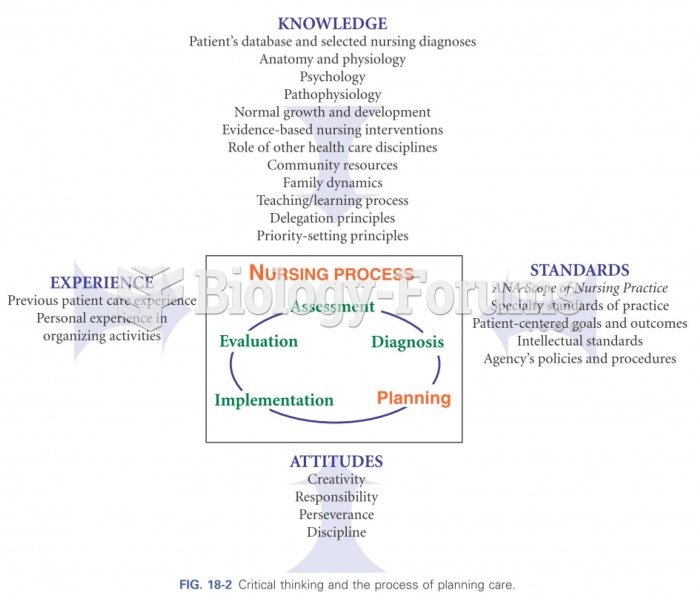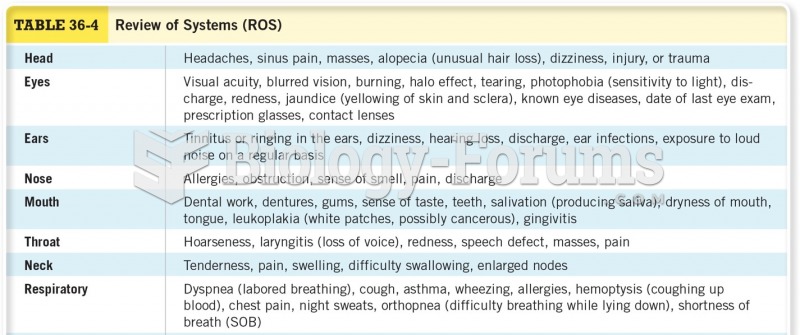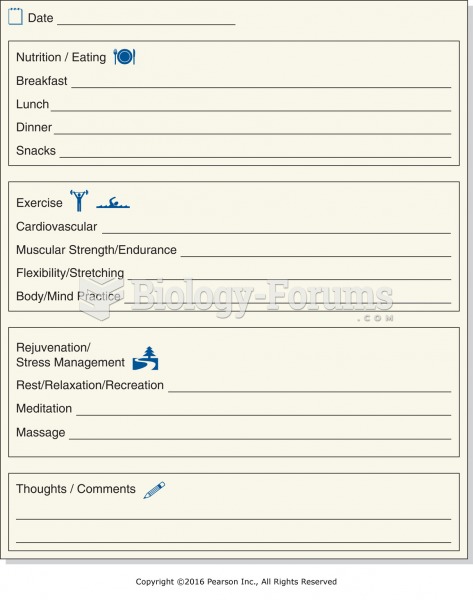|
|
|
Pregnant women usually experience a heightened sense of smell beginning late in the first trimester. Some experts call this the body's way of protecting a pregnant woman from foods that are unsafe for the fetus.
The most common treatment options for addiction include psychotherapy, support groups, and individual counseling.
There are major differences in the metabolism of morphine and the illegal drug heroin. Morphine mostly produces its CNS effects through m-receptors, and at k- and d-receptors. Heroin has a slight affinity for opiate receptors. Most of its actions are due to metabolism to active metabolites (6-acetylmorphine, morphine, and morphine-6-glucuronide).
Human stomach acid is strong enough to dissolve small pieces of metal such as razor blades or staples.
According to the FDA, adverse drug events harmed or killed approximately 1,200,000 people in the United States in the year 2015.







